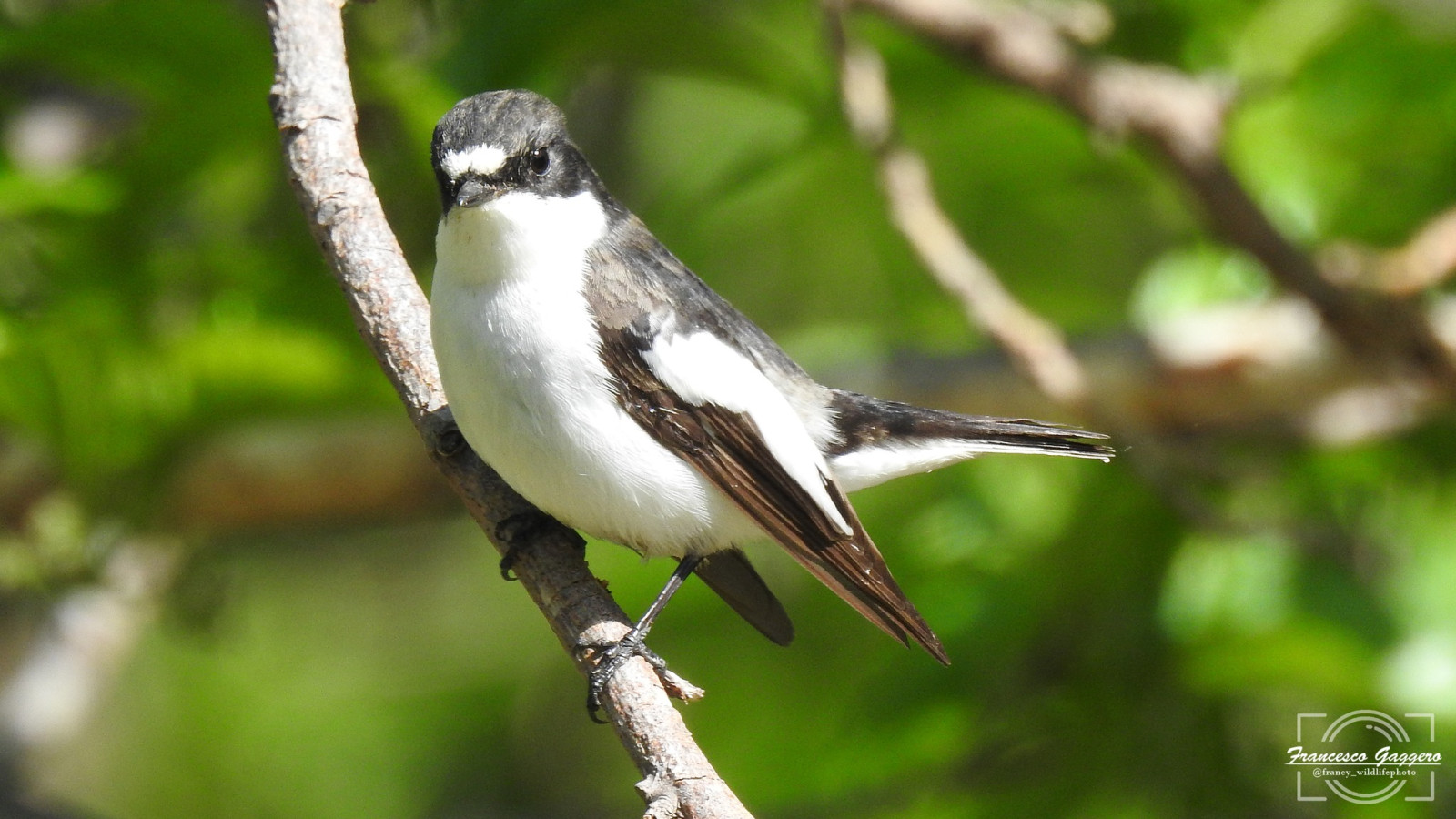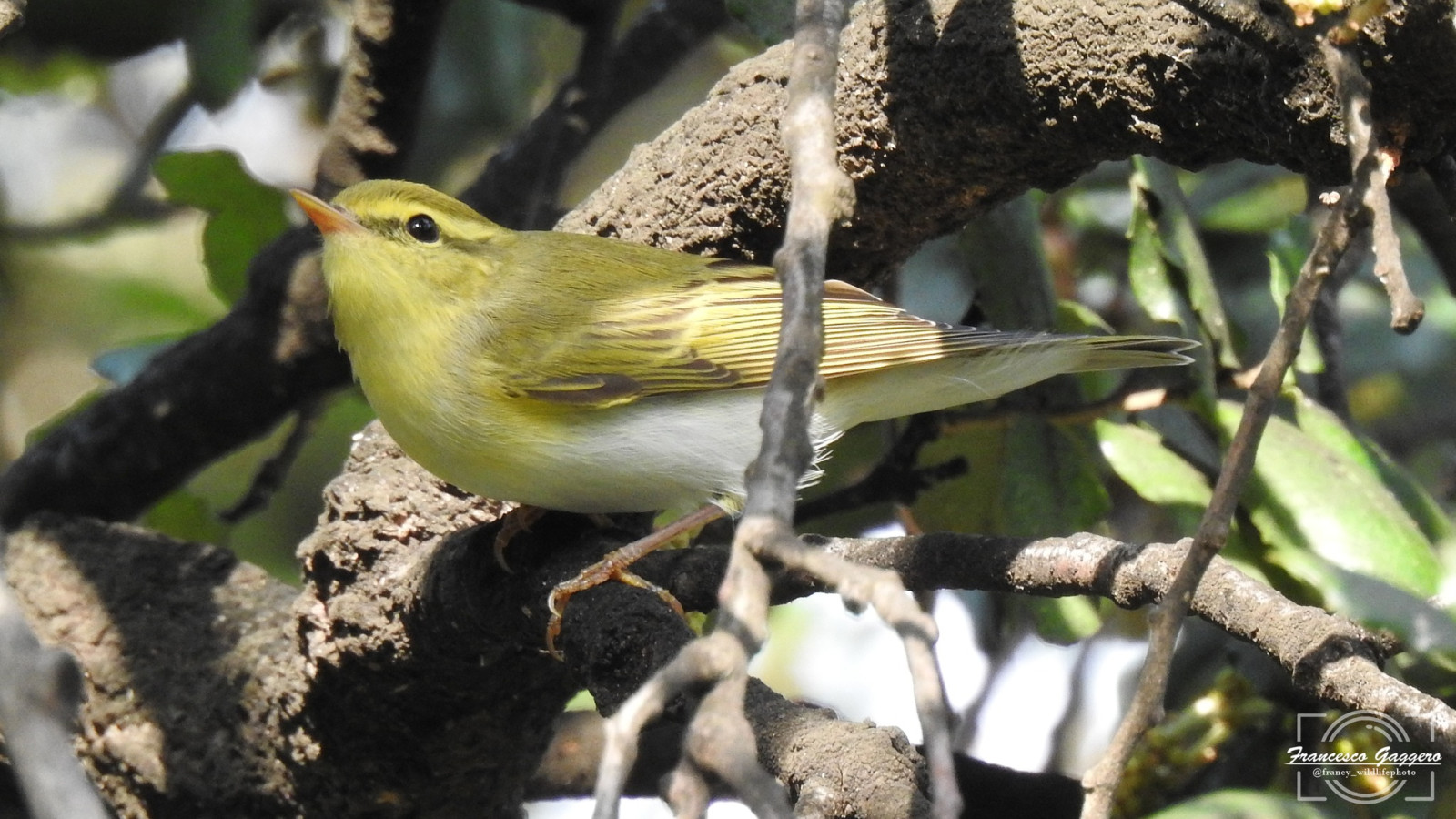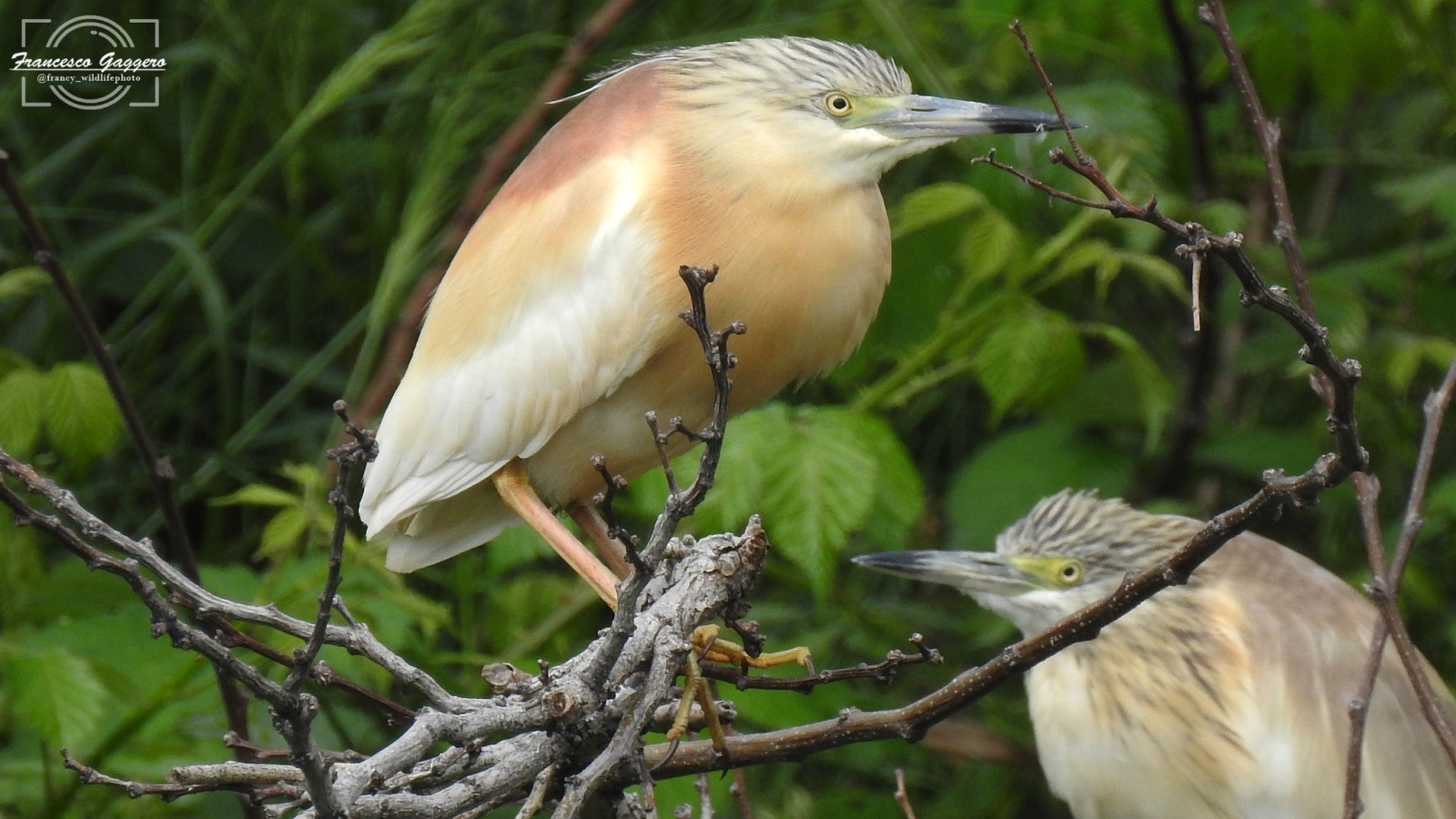Beschreibung
Fascia di Rispetto di Genova Prà. In winter and summer this park is not worth a visit since only common and urban birds are present. Rotkehlchen, Amsel, Nebelkrähe, Dohle, Mittelmeermöwe, Grünfink, Bachstelze, can be found throughout the year. Turmfalke is present too but less common, and a Halsbandsittich colony is now stable. During spring migration this place turns into a targeted stop for trans-Saharan passerines. You can find Braunkehlchen, Trauerschnäpper, Gartenrotschwanz and Grauschnäpper perched on top of lampposts, stakes and benches while birds like Dorngrasmücke, Weißbart-Grasmücke and Ligurien-Bartgrasmückeare hidden inside bushes, or eat bugs on top of trees such as Quercus ilex or Quercus suber, together with Teichrohrsänger, Sumpfrohrsänger, and other acrocephalus birds. The latter is particularly appreciated from insectivorous birds. Some years ago it was possible to see up to eight or nine different species, moving from branch to branch. On top of one tree I personally saw Teichrohrsänger, Drosselrohrsänger, Schilfrohrsänger, Gartengrasmücke, Orpheusspötter, Gelbspötter, Dorngrasmücke, Ligurien-Bartgrasmücke, Weißbart-Grasmücke, and other birders saw Klappergrasmücke, Waldlaubsänger and Wendehals. A noteworthy species to mention is the Zwergohreule , but it was seen only once, resting on a tree.
Rotkopfwürger and Neuntöter stays on shrubs and are a regular presence during spring migration, together with Nachtigall, whose beautiful song can be heared. On the grass you may find Wiesenschafstelze of different subspecies (flava and cinerocapilla the commonest among the others) and Wendehals. If you are really lucky also Kappenammer can be found in late May/early June (1 the 2012/06/29, 2 (m+f) the 2013/06/1-2). Needless to say, the sky is covered with migrant Bienenfresser, Rauchschwalbe, Mehlschwalbe and Mauersegler and for this reason Baumfalke can be observed. Also Rotfußfalke is a regular presence.
Irregular and vagrant species need to be included too:
- during pandemic a Blauracke was seen on a lamppost (2020/05/28). It was the first sighting of Coracias garrulus in the park, but in the upper hills the species is a regular migrant (6 together in May).
- Rosenstar may occur during its periodical invasion in late May. They can be seen feeding on mulberries or sour cherry trees. (2018/05/29)
- a Zwergammer was seen 2018/04/16. Emberiza pusilla is a vagrant bird in Liguria region.
The surrounding area is noteworthy too: from the canal wooden bridge you may see Zwergdommel (regular presence) and Purpurreiher. Other heron species like Kuhreiher, Graureiher, Silberreiher fly in formation above the canal and the city. The canal, which full name is Canale di calma di Pràm is a nice spot also in winter. Sterntaucher is a regular winter species, and Samtente was a special guest during December 2017. Also, Lachmöwe, Mittelmeermöwe are present.
The area near the ecological island is a real hidden gem, having hosted migrant passerines such as Ortolan (more than five together!), Schilfrohrsänger, Baumpieper, Wiesenschafstelze, Rotfußfalke, Baumfalke, Dorngrasmücke and also a pair of Fasan during pandemic. You can make a stop here, but I doubt this place will host again such a wide variety of species. May is the perfect month to admire Wespenbussard migration: if you are lucky enough and the wheather condition is good, you can sit on the park bench and see flocks of raptors flying above the city. Also, Schwarzmilan, Schlangenadler and Zwergadler are regular migrant raptors that you can spot from March to May.
Details
Zugang
The park is accessible by car and by bus. There are two car parks, one at west and one, bigger, at east. There are also 2 near bus stops.






